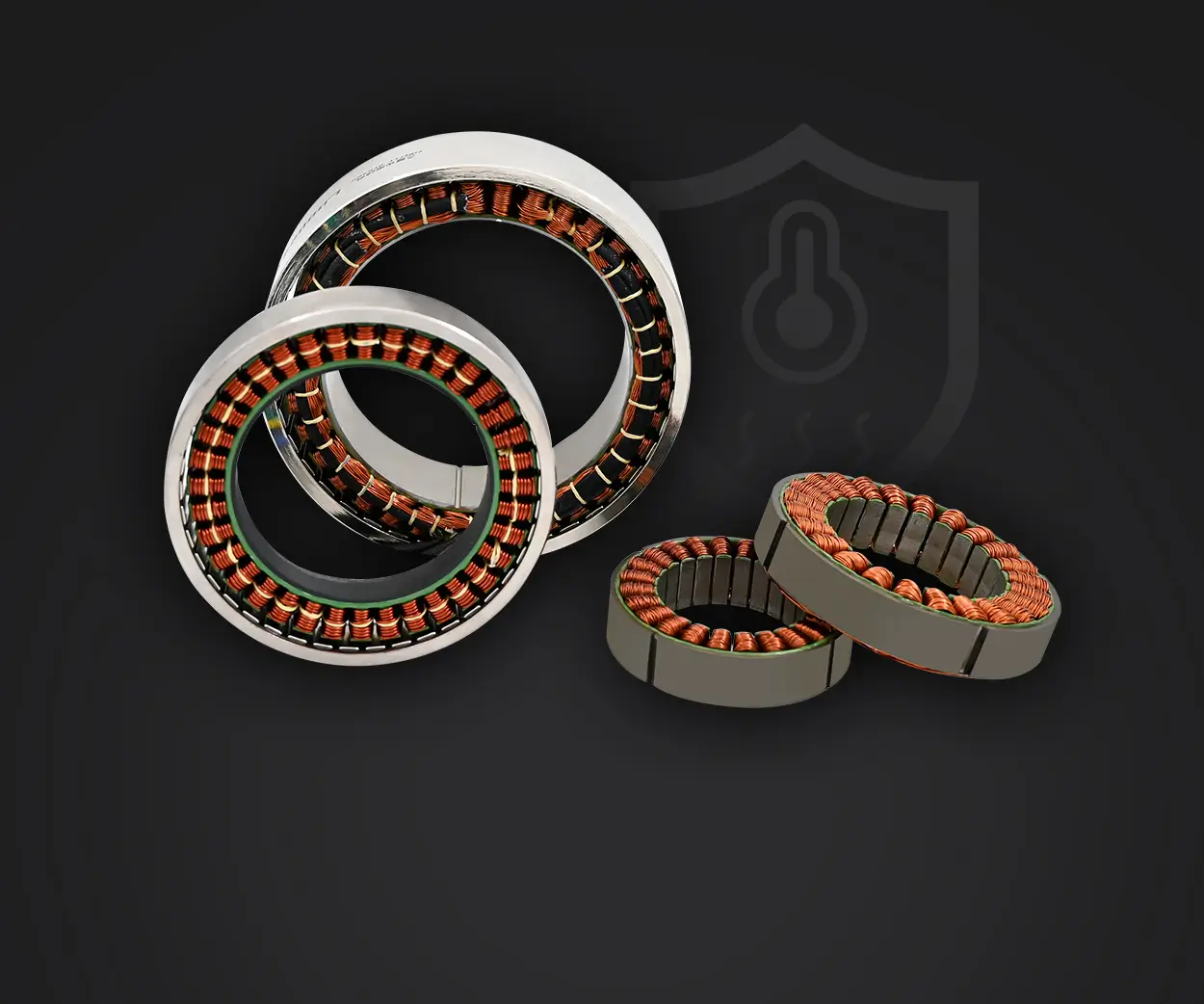Imagine you're trying to build a robot that dances, a conveyor belt that moves with precision, or maybe a camera that needs to track a subject smoothly. The right motor makes all the difference. But picking between stepper motors, servo motors, and DC motors? That’s like choosing between a race car, a Jeep, and a bicycle. Each has its perks, quirks, and best-fit scenarios.

Let's unravel this a bit. It’s tempting to think all motors are just about spinning, but they all serve different rhythms of motion. Take stepper motors—they're like that friend who loves to follow exact instructions. They move in discreet steps, so every click is predictable. Perfect for 3D printers or CNC machines where accuracy isn’t optional. You get to know exactly how far it’s gone without fussing over complex feedback.
Servo motors, on the other hand, are the jazz musicians of the motor world. They respond to signals, adjusting their position dynamically. Whether it’s a robotic arm that needs to hold a position tightly or a drone's camera gimbal that demands smooth, precise movement, servos excel here. They’re often more expensive but deliver higher performance. Their feedback systems keep everything in check, making movements more fluid.
Then there's the humble DC motor. Think of it as an old friend—simple, reliable, easy to use. It offers continuous rotation and can be powered with basic circuitry. It's perfect for applications where you need a straightforward spin — like a fan or a small electric vehicle. But don't expect pinpoint accuracy here; it’s more about speed and basic motion.
Ever wondered how these motors compare on power consumption? Stepper motors, especially when holding position, can draw more power than a DC motor just spinning freely. Servos balance power and precision, often including built-in gears and feedback loops that optimize performance.
Thinking about control systems? DC motors are common because they’re easy to control with just a variable voltage. Servos need a dedicated driver or controller to interpret signals correctly. Steppers require drivers that energize coils sequentially, making the system a bit more involved but rewarding for precision.
In practical terms, it’s like this: if you want your project to turn by itself reliably, and you need exact movements—stepper motors win. Want smooth, adjustable control with a quick response? Servos are the go-to. Need something that just spins and doesn’t fuss too much? DC motors are your buddy.
So, when looking for the right motor, think about what matters most—accuracy, response time, power, or simplicity. It’s not about which is “better” in a global sense; it’s about which suits your project’s vibe. KPOWER’s range? They’ve nailed the balance, offering options that fit snugly into any design. Because in the end, the dream machine is only as good as the motor inside.
Established in 2005, Kpower has been dedicated to a professional compact motion unit manufacturer, headquartered in Dongguan, Guangdong Province, China. Leveraging innovations in modular drive technology, Kpower integrates high-performance motors, precision reducers, and multi-protocol control systems to provide efficient and customized smart drive system solutions. Kpower has delivered professional drive system solutions to over 500 enterprise clients globally with products covering various fields such as Smart Home Systems, Automatic Electronics, Robotics, Precision Agriculture, Drones, and Industrial Automation.




































